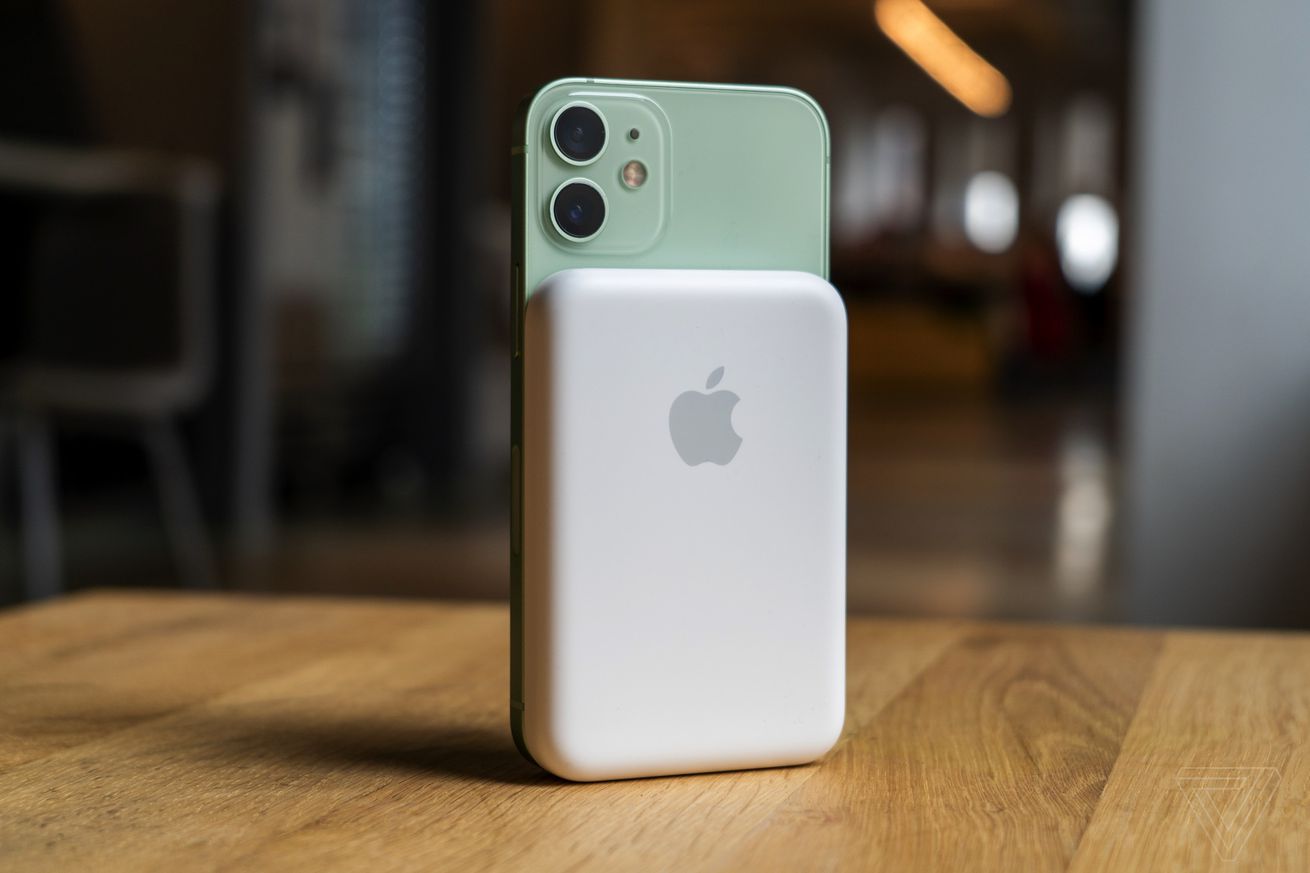
My favorite kind of software update is the kind that unlocks secret hardware features, and the Apple MagSafe Battery Pack is the latest surprise — you’ll be able to cordlessly charge an iPhone at a faster 7.5 watts instead of the original 5 watts, once you apply firmware update 2.7 (via 9to5Mac).
You can wait for an update over the air, or plug a Lightning to USB cable from the pack to a connected Mac or iPad to get the fix, and then you’re off to the races, as they say.
But if I’m being honest, I wouldn’t install the update quite yet — I might wait until we hear back from Apple (or reviewers) on whether it’ll affect how warm the battery gets.
You see, I bought a MagSafe Battery Pack myself last year for my iPhone mini, but I returned the pack pretty quick. As I’ve written, the Mini-MagSafe combo felt uncomfortably warm without a case — but with a case, the MagSafe Battery Pack felt a bit too loose and tended to slide around while I held it. (Yes, I was using Apple’s own Clear Case with MagSafe, not some third-party knockoff.)
/cdn.vox-cdn.com/uploads/chorus_asset/file/22733367/DSC02789_dbohn_verge.jpg) Dieter Bohn / The Verge
Dieter Bohn / The Verge
And so you can understand why I’m having a hard time imagining that getting better now that the MagSafe Battery Pack puts out more juice. In our review of the MagSafe Battery Pack, Dieter pointed out that the 5W charging speed was meant to minimize heat and preserve the battery’s longevity.
Now, perhaps Apple has made other tweaks as well that will negate the heat issue — the company might have changed the frequency and duration of the charge. Perhaps if it charges at 7.5W for short periods, it’ll need to charge less often, and it might even be less annoying for those of us carrying it around all day.
If so, I might actually buy one again. I’ve reached out to Apple, and I’ll let you know what the company says.
Source: The Verge